Photos by Kate Nuelle
“If I asked this room if you thought we were a diverse institution, I probably would get a lot of noes,” said Eric Maloof, vice president for Enrollment Management. “I can see some smiles from around the room, so I know for a fact I’d get some noes.”
On Tuesday, Maloof led a forum about race in admissions to a room of about 40 students, faculty and staff. Dean of Admissions Justin Doty, associate director of Admissions Jeremy Boyce and assistant director of Admissions Michaela Knipp joined Maloof in driving the discussion.
Maloof explained that his office decided to host this public forum as a way to clarify any confusion regarding Trinity admissions and race.
“There were a number of interactions that we had with other campus constituents that we realize there was a disconnect between what people thought we were doing and what was actually happening on the ground and in admissions and in throughout campus,” Maloof said.
The crowd asked 12 questions throughout the forum; topics ranged from support for undocumented students, the importance of high school counselors in the admissions process and whether Admissions is doing enough to make current Trinity students from underrepresented backgrounds feel welcome.
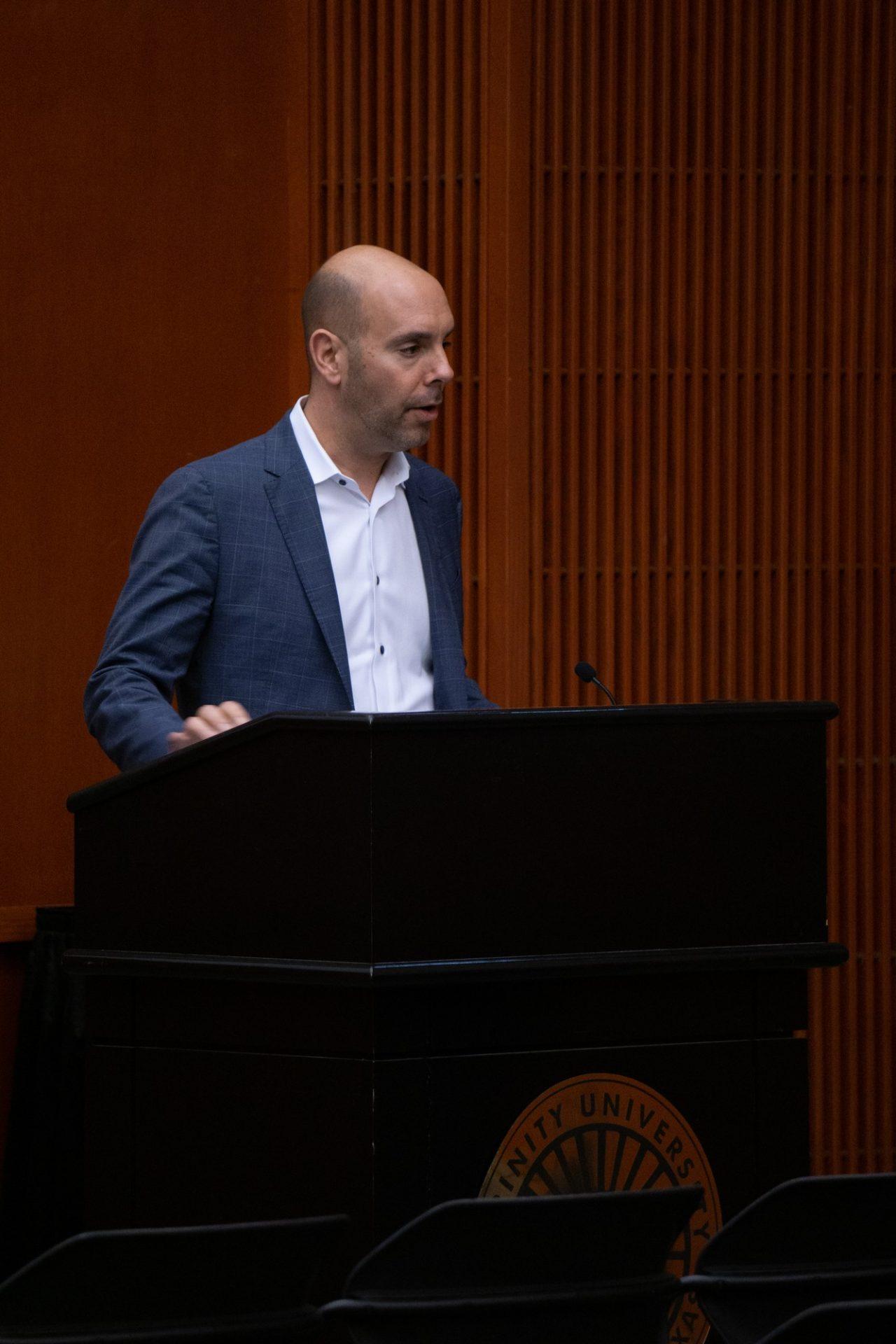
According to Maloof, the makeup of Trinity’s student body is much more diverse than other highly-selective schools of our size. He added that 65 percent of Trinity applicants this year are non-white, 48 percent admitted this year are non-white, and the class of 2023 is 43 percent non-white.
But Maloof and the other members of Admissions did not intend to defend their office during this event; rather, they were aiming for transparency and for feedback.
Maloof wants Trinity to be able to enroll as many high-achieving students as possible, regardless of their resources.
“I want the room to know that we do look at race when we can, and again, practice that in Admissions,” Maloof said. “What we don’t do in Admissions when crafting a class as the admissions team, we don’t have quotas. We don’t have targets. We don’t use point systems for different races.”
Instead, they said they think of every student individually and what they would add to the Trinity community. Doty explained that the team looks for aspects of a student that are compelling, that set them apart from other students who are not immediately admissible or inadmissible based on Trinity’s standards.
“Maybe it is that first-generation college student who’s done lights-out work in high school. Maybe it’s that student that says ‘Trinity is my number one. I’ve applied early decision.’ Maybe it’s the interview, you know, that kind of puts the student over the top,” Doty said. “And for today’s purpose, maybe it’s race and ethnicity.”
Despite the attempt to take into account every individual’s experiences, however, the Admissions team acknowledged that the process isn’t equal for every student. Boyce explained that many parts of the admission process can be unfair, including test scores.
“Everyone knows that the ACT and SAT are racially biased. They’re culturally biased, they are socioeconomically biased, but we still use it,” Boyce said.
Because there are aspects of the process that may put underrepresented students at a disadvantage, the Office of Admissions aims to make the experience equal for all students.
Knipp explained that there are multiple initiatives Admissions has in place to recruit students from underrepresented backgrounds, including Tiger PRIDE, a program that brings students to campus to get the Trinity experience.
“We’re trying to provide our perspective students when they come into the campus to give them, I guess, the student perspective here at home,” Knipp said. “We want to be so honest about the experience that students are going to be having when they get here. And we can only do that if we’re actual students sharing their perspective. So we definitely really appreciate your help on that.”
Admissions emphasized the importance of current students’ helping to achieve their goal of a more diverse campus. However, Rita Urquijo-Ruiz, a professor in the Department of Modern Languages and Literatures, questioned how underrepresented students would benefit from working in the Office of Admissions.
“What are your current incentives for students of color in recruiting other students of color?” Urquijo-Ruiz asked. “As we know, our students of color are already burdened. A lot of them have extra jobs.”
Boyce and Maloof explained that positions are all paid, and paid well.
As the conversation continued, audience members asked more questions about the well-being of underrepresented students enrolled at Trinity, including questions from sophomore Joy Patterson and vice president of Student Life Sheryl Tynes.
Junior Camille Johnson asked two questions: one about getting feedback from students of color who decide not to enroll at Trinity and another about the types of resources available for students of color after they enrollment.
Afterwards, Johnson said she found the forum informative.
“I came here just ‘cause as a student of color at Trinity, I’ve always been kind of curious about the behind the scenes in regards to how Admissions works, especially as someone like who went through it,” Johnson said. “And just to see in what ways they plan on trying to improve it from since I’ve been here and have gone through it, see what’s changed and offer potential ways to improve it.”
One point brought up during the forum was the idea of visual diversity and how it can make students of color feel more comfortable if there are people who look like them in their classes, in their residence halls and across campus.
For Admissions, there are many types of diversity and not all are visible.
“Diversity comes in many forms, and our job is to try to build a community — build a class and a community — that looks but also behaves like the world that all of you are going to go out into. And that’s our obligation to you. And we do the best we can at that. We’re trying the best we can,” Maloof said in an interview after the forum.
But as a student of color, Johnson thinks visual diversity is an important factor in building community.
“At least for me, race is what personally matters before the rest of it.” Johnson said. “It’s kind of just one of the easiest and quickest ways for someone first arriving on campus to kind of potentially kind of grow.”
Junior Gabriella Garriga agreed that visual diversity is an important factor of success.
“Seeing people like you around on campus and knowing that, like, we’re here, and other people are doing it too,” Garriga said. “There’s lots of factors that go into diversity. And everything is important, but I think it’s important not to diminish that too.”

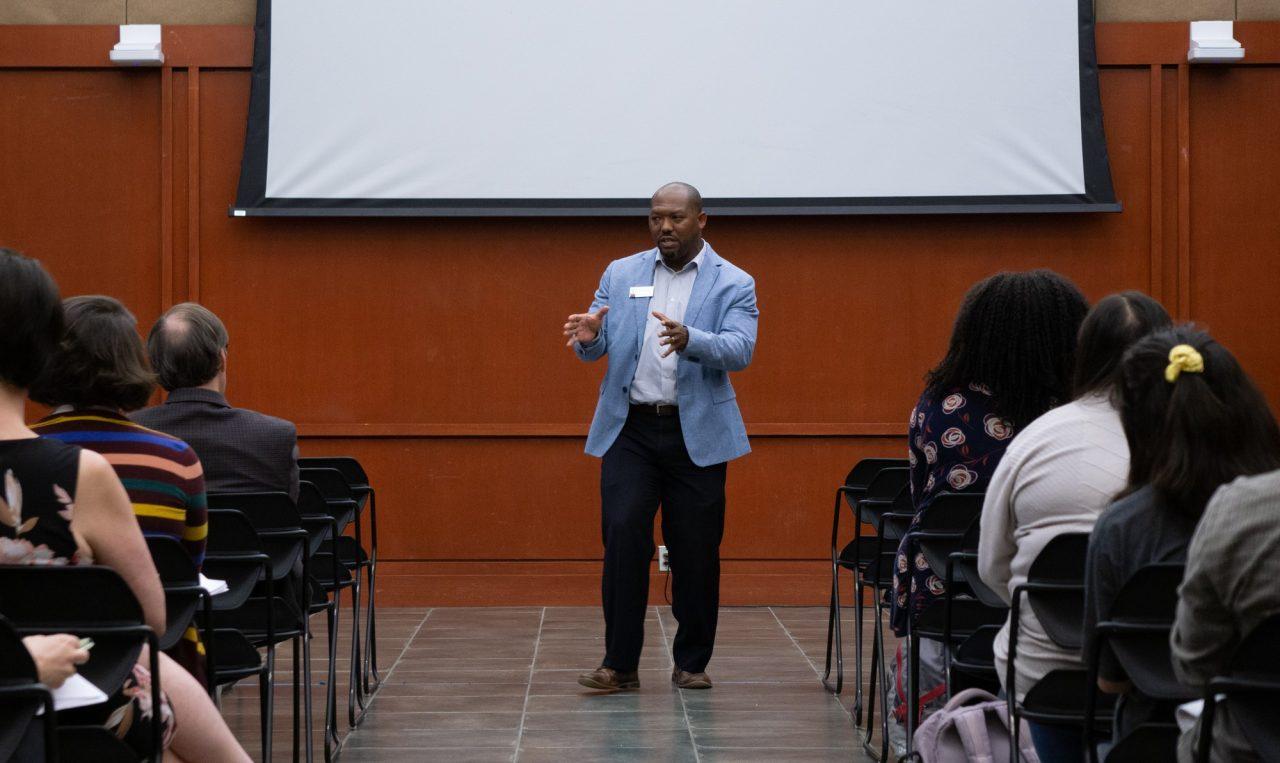
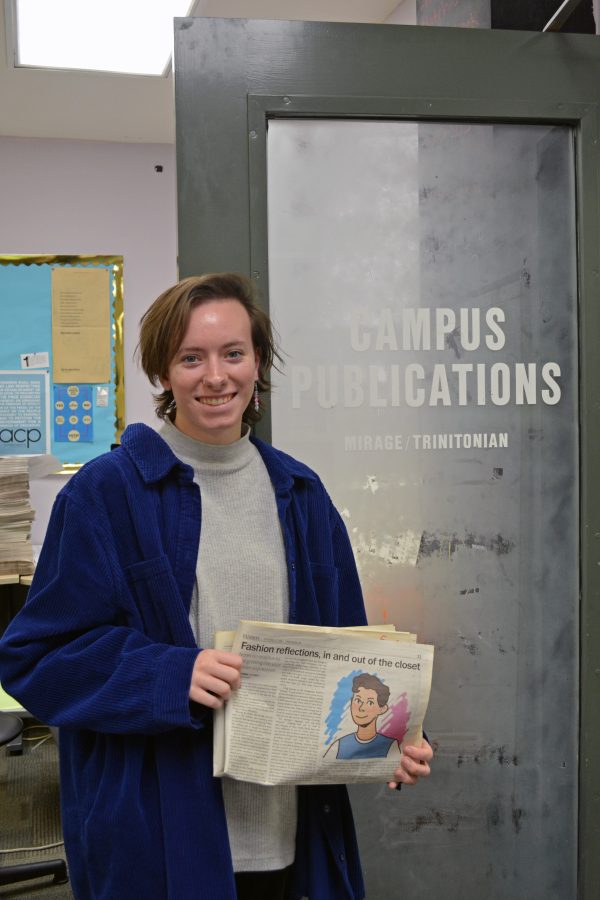

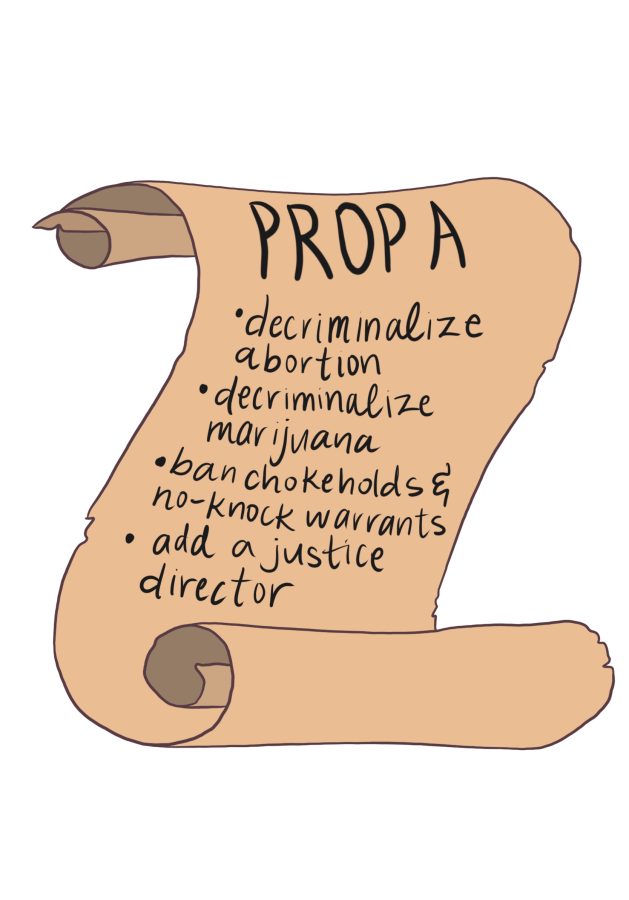
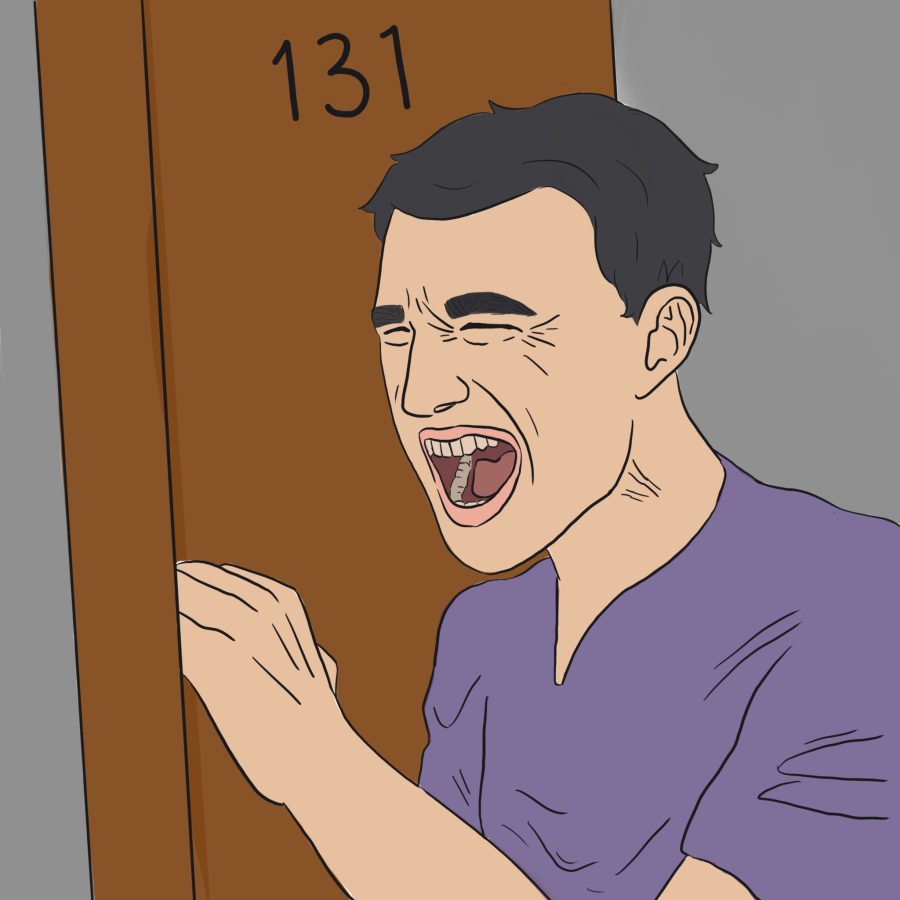
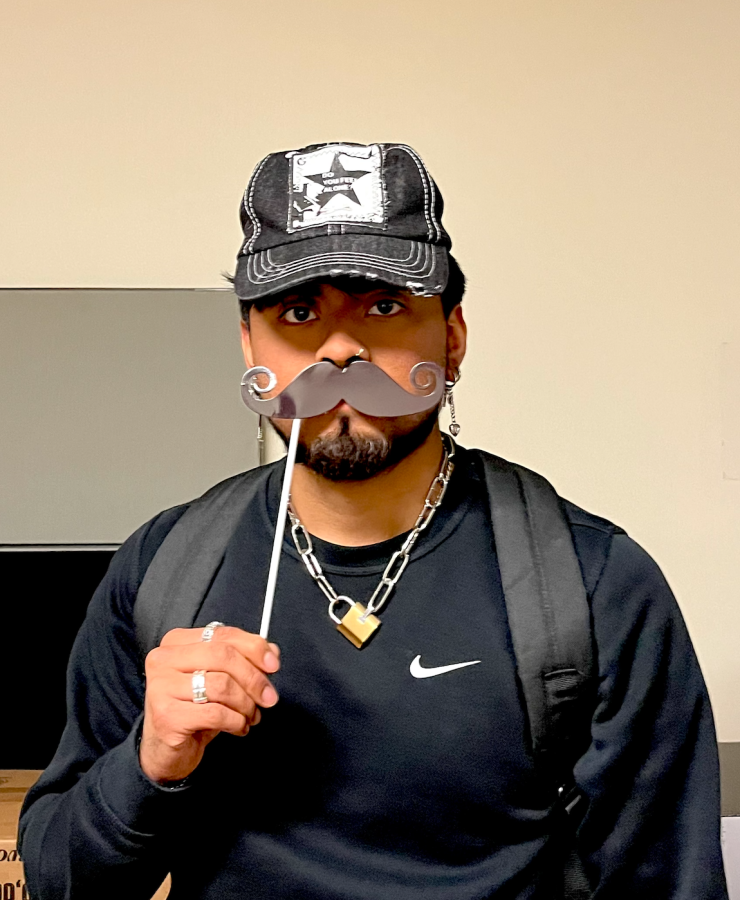







Nancy Nichols, class of 1968 • Feb 8, 2020 at 5:30 pm
I would like to see a breakdown of “color.” Are the percentages of ethnicities reflective of the ethnicities of the state of Texas?
Why is there no goal to increase diversity at Trinity? Specifically, to increase the representation of the specific ethnicities that are under-represented?